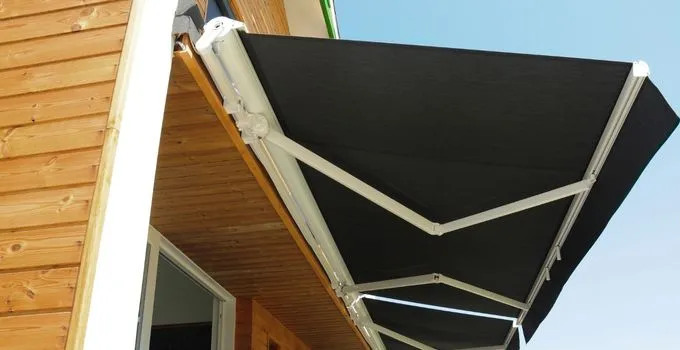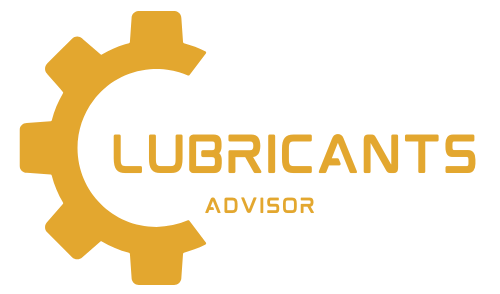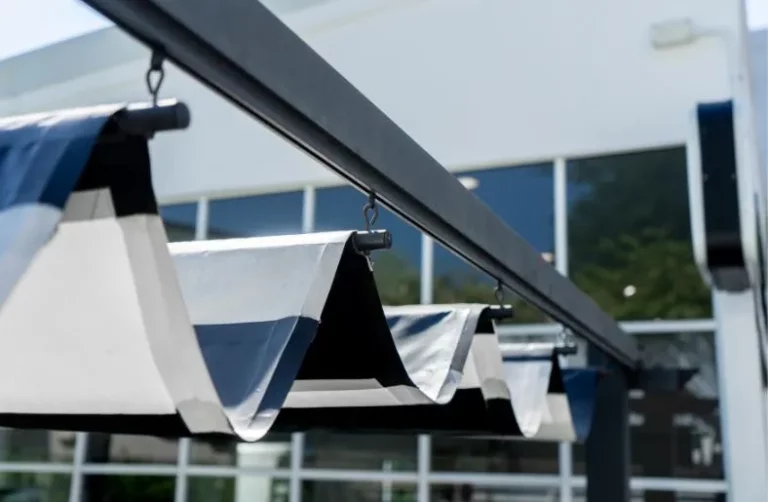Retractable awnings are a fantastic addition to any outdoor space, providing shade and protection from the sun and rain while also adding an element of style and functionality. However, like any outdoor fixture, retractable awnings require regular maintenance and upkeep to ensure they remain in good condition and operate smoothly.
One important aspect of retractable awning maintenance is lubrication. In this blog post, we’ll take a closer look at why retractable awning lubrication is necessary, how to choose the right lubricant, and the steps involved in lubricating a retractable awning.
Article Navigation
What is a Retractable Awning?
A retractable awning is a type of outdoor shading system that can be extended or retracted as needed. It consists of a fabric cover that is attached to a frame, which can be mounted on the exterior of a building or freestanding. The fabric is typically made of durable materials such as acrylic, vinyl, or polyester, and is designed to resist fading, mildew, and weathering.
Retractable awnings can be operated manually or with the use of an electric motor. Manual awnings are typically operated by a hand crank, while motorized awnings can be controlled using a remote or a wall-mounted switch. Some motorized awnings can also be equipped with sensors that detect changes in weather conditions, such as wind or rain, and automatically retract the awning to prevent damage.
Retractable awnings provide many benefits for homeowners and business owners alike. They can help to reduce the amount of direct sunlight that enters a building, which can help to keep indoor spaces cooler and reduce energy costs. They can also protect outdoor spaces from the elements, making them more comfortable and usable year-round. In addition, retractable awnings can add aesthetic appeal to a building and increase its value.
Why is Retractable Awnings Lubrication Important?
Retractable awnings are made up of various moving parts, such as gears, pulleys, and bearings, which can become stiff and difficult to operate over time if they are not properly lubricated.
The accumulation of dirt, dust and other debris can also contribute to the wear and tear of these moving parts, leading to damage and malfunctions. Regular lubrication helps to keep these parts working smoothly and reduces the risk of damage and breakdowns.
In addition to maintaining the mechanical components of the awning, lubrication can also help to protect the fabric or material of the awning. When the moving parts are not properly lubricated, they can cause friction and abrasion on the fabric, which can lead to tears, holes, and other types of damage. Lubrication reduces this friction, helping to prolong the lifespan of the awning.

Choosing the Right Lubricant
When it comes to choosing a lubricant for your retractable awning, it’s important to choose a product that is specifically designed for outdoor use and is compatible with the materials used in the awning. Avoid using household lubricants such as WD-40 or other oil-based products, as these can attract dirt and dust, leading to more problems in the long run. Instead, look for a silicone-based lubricant that is designed for outdoor use and is safe for use on the materials used in your awning.
Retractable Awning Lubrication: Steps Involved?
Retractable awning lubrication is a relatively simple process that can be completed in just a few steps. Here’s how to do it:
Step 1: Clean the awning
Before applying any lubricant, it’s important to clean the awning thoroughly to remove any dirt, dust, or debris that may have accumulated on the moving parts. Use a soft-bristled brush or cloth to wipe down the awning, paying special attention to the areas around the moving parts.
Step 2: Apply the lubricant
Once the awning is clean, it’s time to apply the lubricant. Begin by applying a small amount of lubricant to each of the moving parts, including the gears, pulleys, and bearings. Be careful not to over-apply the lubricant, as this can attract dirt and dust, leading to more problems in the long run.
Step 3: Work the lubricant in
After applying the lubricant, work it into the moving parts by operating the awning several times. This will help to distribute the lubricant evenly and ensure that it reaches all of the areas that need to be lubricated.
Step 4: Wipe away any excess
Once you have worked the lubricant in, use a clean cloth to wipe away any excess. This will help to prevent dirt and dust from accumulating on the lubricant and ensure that the awning operates smoothly.
Step 5: Repeat as needed
Depending on the amount of use your awning gets, you may need to lubricate it once or twice a year to keep it operating smoothly. Keep an eye out for any signs of wear and tear or difficulty in operating the awning, as these may be indicators that it’s time for lubrication.
Related Guide: Will Thicker Oil Stop Engine Knocking? [Explained in Detail]
Additional Tips: To keep it in Good Condition?
In addition to regular lubrication, there are a few other maintenance tasks you can perform to keep your retractable awning in good condition:
- Clean the fabric regularly: Dirt, dust, and debris can accumulate on the awning fabric over time, leading to discoloration and damage. To prevent this, clean the fabric regularly using mild detergent and warm water. Be sure to rinse the fabric thoroughly to remove all soap residue.
- Inspect the awning for damage: Periodically inspect the awning for signs of wear and tear, such as tears, holes, or frayed edges. If you notice any damage, have it repaired as soon as possible to prevent further damage?
- Keep the awning dry: Retractable awnings should be kept dry when not in use to prevent mold and mildew growth. If the awning gets wet, be sure to allow it to dry completely before retracting it.
- Avoid leaving the awning open during high winds: Retractable awnings are designed to withstand light winds, but they can be damaged or even ripped from their mountings in strong winds. Be sure to retract the awning during high winds to prevent damage.
By following these maintenance tips and lubricating your retractable awning on a regular basis, you can keep it operating smoothly and looking great for years to come. With just a little bit of effort, you can ensure that your outdoor space remains comfortable and enjoyable for you and your guests.
Conclusion
Retractable awning lubrication is an important aspect of maintenance that should not be overlooked. By regularly lubricating the moving parts of your awning, you can ensure that it operates smoothly and remains in good condition for years to come.
When choosing a lubricant, be sure to select a product that is designed for outdoor use and is safe for use on the materials used in your awning.
In addition to lubrication, there are a few other maintenance tasks you can perform to keep your retractable awning in good condition, such as cleaning the fabric regularly, inspecting the awning for damage, keeping it dry, and avoiding leaving it open during high winds.
By following these tips, you can extend the lifespan of your retractable awning and enjoy its many benefits for years to come.


